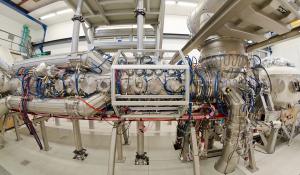What’s New
4 November 2011
ITER news digest for the period of 4 November 2011 to 4 November 2011.
In the media
EurekAlert!
Bulletins-Electroniques.com









